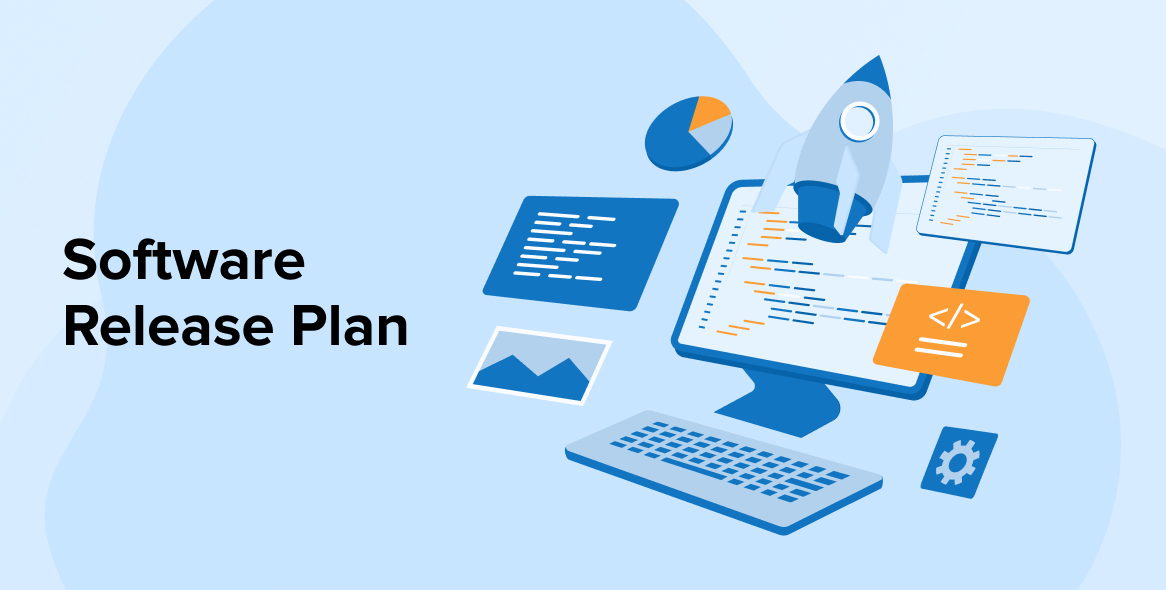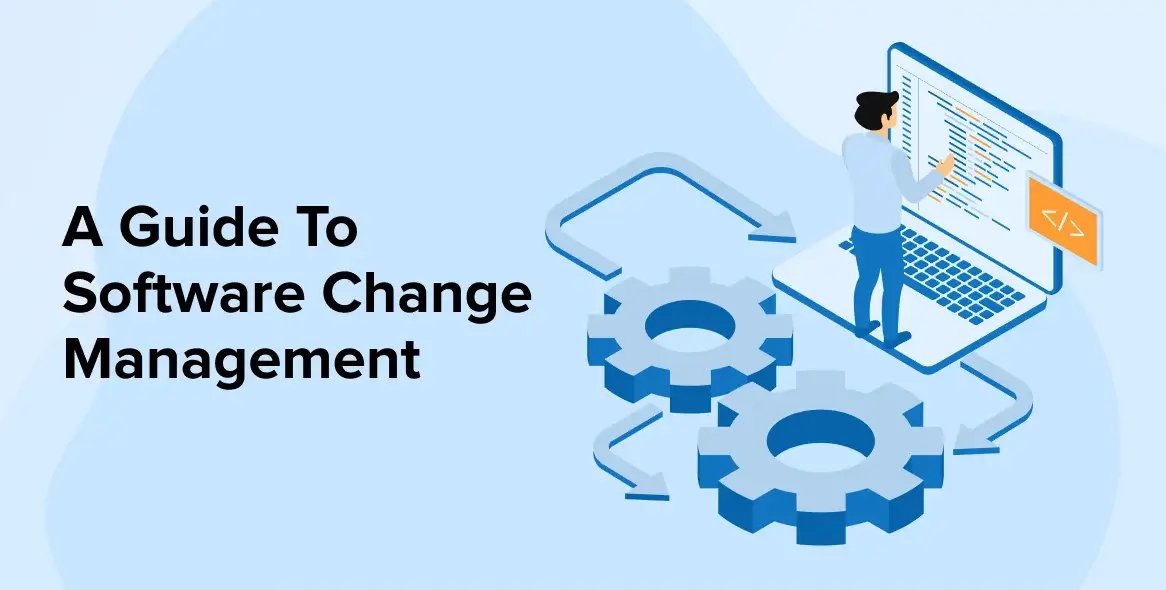
Consider for a moment that you have a brilliant idea of creating a software product. A simple notion is not sufficient for creating a successful IT product. You need a detailed business analysis to develop broad business objectives and sketch out preliminary project needs like hiring an effective custom software development company. A business analyst is an essential part of any product development team that can be the perfect fit in order for your rightful strategic execution. What a business analyst in software development firms does, their role in the software development process and the project management tools they employ are all covered in this article.
1. What is Business Analysis?
Business analysis is a broad field with numerous potential outcomes, making it difficult to pin down just what it is. To get a feel for what business data analysis comprises, it might be helpful to compare and contrast two approaches put out by the International Institute of Business Analysis (IIBA) and the Project Management Institute (PMI).
As per the IIBA, Business Analysis is the discipline of allowing transformation in an organizational setting by defining business processes, requirements and offering solutions that bring value to stakeholders. However, PMI has a slightly new meaning. Business analysis, as defined by the authors of PMI, is “the application of knowledge, skills, and techniques to the identification of problems and the management of associated stakeholder requirements in order to ensure the efficient implementation of a project’s idea.”
It’s hard to tell the difference between these two definitions. Whereas PMI places emphasis on identifying client requirements, IIBA emphasizes the business analyst’s responsibility in influencing the organizational environment.
The primary function of a Business Analyst (BA) is to analyze business requirements with the goal of enhancing organizational decision-making and improving processes. Essentially, a business analyst’s role is that of a go-between for management or other interested parties (the decision-makers, product owner) and the production team (the decision implementers).
Profit maximization, streamlining manufacturing, and improving efficiency are all priorities for them. There are four main types of analysis that a Business Analyst may perform:
- Methodical preparation is essential. A company’s requirements can be gleaned via a study of this sort.
- Examining the business model. The BA employs this research when developing new policies and approaches to the market.
- Procedure development. Workflows may be standardized with the help of process design analysis.
- Analyzing systems. In this sort of examination, the needs of the IT department are evaluated.
2. Business Analyst Role in Software Development
BA’s responsibilities are to analyze business problems, business needs, approved business values and data of software projects and a few more. Below are a few highlighted roles of a business analyst in software development you can expect them to play before the active software development begins.
2.1 Identifying Business Goals
With analyzing the software development project; BA also determines business targets, such as product standards, KPIs, and sales approaches. The BA briefs the production staff, especially IT, on the anticipated development and expansion rates for the business, as determined by management and stakeholder input. BA ensures that a supposed user flow matches the approved business values.
2.2 Documentation of Requirements
The business analyst does objective analysis, inspection, and refinement to create the project design requirements, which should contain the following:
- A Summing-up Declaration- The business issues and needs of the project are outlined in this section.
- Goals for the Undertaking- Goals for a project should be created by the business analyst in a SMART style, which requires that they be detailed, quantifiable, achievable, realistic, and time-bound.
- Purpose Proclamation- The business analyst describes the project’s needs and the problems it will address.
- Mission Statement- Detailed descriptions of the product’s features and their inclusion in the project’s scope can be found here.
- To Fulfill a Purpose- Using diagrams, charts, and timetables, the business analyst in software development describes the project’s technical needs.
- Assumptions- In this section, the BA describes potential outcomes that might arise throughout the project’s progress.
- Cost- The business analyst includes a comprehensive breakdown of all project expenses here.
The team determines the project’s scope and develops a plan based on the project’s requirements.
2.3 Development Planning
The BA will facilitate the establishment of a common goal post from which management and production may work. This leads to more collaborative decision-making on both ends of the table.
The software development team can then establish the development’s trajectory and allocate the numerous regions of responsibilities when business objectives are in place. This is the key element of the strategic plan.
2.4 Translating Requirements to the Team
It is important to set goals before beginning the software development life cycle. Therefore, stakeholders and the development team must agree on a final version of a criteria specification before it can be submitted to the team. Team members need to fully grasp all of the prerequisites and resolve all their doubts and queries related to this project. The knowledge of the business domain and the team’s strengths and weaknesses are crucial for software business analysts’ effectiveness in delivering information.
Agile projects often rely on user stories, which are brief descriptions of specific user requirements or examples of how the product should be used, in conjunction with in-person talks on the topic. What makes user stories so valuable is that they focus on answering the question, “What should be done, and why?” from the user’s point of view. Thus, the ability to write user stories is an important element for every business analyst in software development.
Combining user stories with a more traditional and fully functional specification improves the efficiency of a project. The team is able to better comprehend what is necessary thanks to this integrated strategy because it takes into account the following:
- Narratives of usage describing fundamental capabilities.
- Functional requirements documentation describing the client’s explicit expectations and covering all edge cases.
- Business analyst guidance and explanations.
3. What Skills Does a Business Analyst Need?
Following are the skills required by business analyst.
3.1 Communication
It’s safe to say that in the world of software engineering, the business analyst position is always one of the most important ones to fill. Because of the dynamic nature of today’s marketplaces, it’s crucial to be flexible and grasp opportunities which come to you. For this reason, it’s crucial to set up channels of open communication among the team members and make sure that everyone is on the equal page and working for the same objective. As their name implies, this is the primary function of a business analyst.
Professional business analysts need to be able to take in data from one source and successfully relay it to another. Customers, decision-makers, programmers, and project managers are just some of the types of individuals they’ll interact with. Analysts for businesses must ensure that all parties involved in a project are heard and understood. The ability to communicate effectively and listen attentively are two of the most important abilities a business analyst may have.
3.2 Knowledge of Business Analysis Techniques
A BA has to verify requirements carefully in order to study and uncover relevant needs and re-evaluate goals. To accomplish this one need familiarity with the requirements documentation formats, requirements verification, and prioritization, as well as the business model canvas and operational model canvas. Business analysts with these abilities can identify problems and provide alternatives.
3.3 Critical Thinking
There are often several parties engaged in a project, and each of them may have certain needs and expectations for the final output. The BA’s job is to take in all requests, figure out why people have made them, evaluate and rank the results of that analysis, and then assign priorities to the requests. A BA’s ability to think critically is a key for determining which features are most important to the business and what can be dropped.
4. What Tools Do Business Analysts Use?
IT Business analysts need a sophisticated collection of tools to understand intricate client requests, enhance specification papers with visual aids, and monitor the development team’s progress.
Business analysts may rely on the following arsenal of tools:
4.1 Prototyping Tools:
These kinds of programs come in handy when making preliminary layouts and designs for a project.
1. Marvel
Use this browser-based prototype tool to cut down on development time. Marvel allows users to post images in several formats, including JPG, GIF, and PSD. In addition, this app integrates seamlessly with services like Dropbox, Sketch, Google Drive, and more.
2. Proto.io
You may use this to quickly prototype mobile apps and web pages without having to code anything. Proto.io allows users to upload files via Dropbox or by dragging and dropping them from their computers.
3. Invision
With Invision tool, users are able to provide input on the prototype itself.
4.2 Task Managers:
The BA team may use the following resources to efficiently handle all projects:
1. Jira
When business analysts need to collaborate across several complicated projects or make adjustments to the project’s process, they may turn to Jira.
2. Trello
They may use Trello if the tasks they’re working on are straightforward. It’s also an excellent option when the project manager or business analyst wants something easy and simple to use as a framework for keeping things on track.
3. Hygger
Hygger is a cutting-edge project management tool that combines the best of Jira and Trello in one simple interface. Hygger’s streamlined approach to task management ensures that everyone is on the same page and that objectives can be met with minimal effort.
4. Asana
This app helps business analysts on smaller teams understand how their work contributes to the achievement of organizational objectives.
5. Conclusion
Like programmers, analysts, and design engineers, business analysts are essential to the success of any IT firm. The company benefits from having them because:
- Intuitive and clear exchange of information.
- Consistent, productive interactions between relevant parties.
- Specifications that are formally documented.
- Goals for the project that are both outlined and agreed upon.
- Process of development management.
- Productivity, functionalities, and needs of a project may all be shown.
Though hiring a business analyst may appear unnecessary to certain stakeholders, doing so can significantly cut down on the number of resources put into a project. A BA can also assess the industry and identify potential expansion avenues.
A team of business analysts (BAs) at TatvaSoft plays a crucial role in a managed team. Hundreds of satisfied clients from a wide range of sectors have enlisted the help of our seasoned business management. Business analysts work together with developers, QA engineers, designers, experts, and project managers to guarantee the on-time delivery of high-quality products.






Great article! I completely agree that a business analyst is essential to the process of developing software. They serve as a connection between management and the production group, making sure that business objectives are recognized and converted into project specifications. Business analysts' critical work in developing a project's clear direction includes requirements documentation and development planning.
Great article! The role of a business analyst (BA) in software development is crucial for bridging the gap between business objectives and technical implementation. BAs play a vital role in ensuring that software solutions meet the needs of the business and its stakeholders.
Your blog post, in my view, was very well-written and informative. Your blog post about the role of business analysts in software development was particularly interesting to read. Since I work as a software engineer, I have always found the job of a business analyst to be fascinating. Anyone who is interested in finding out more about the function of business analysts in software development should absolutely read it, in my opinion.I appreciate the excellent essay.